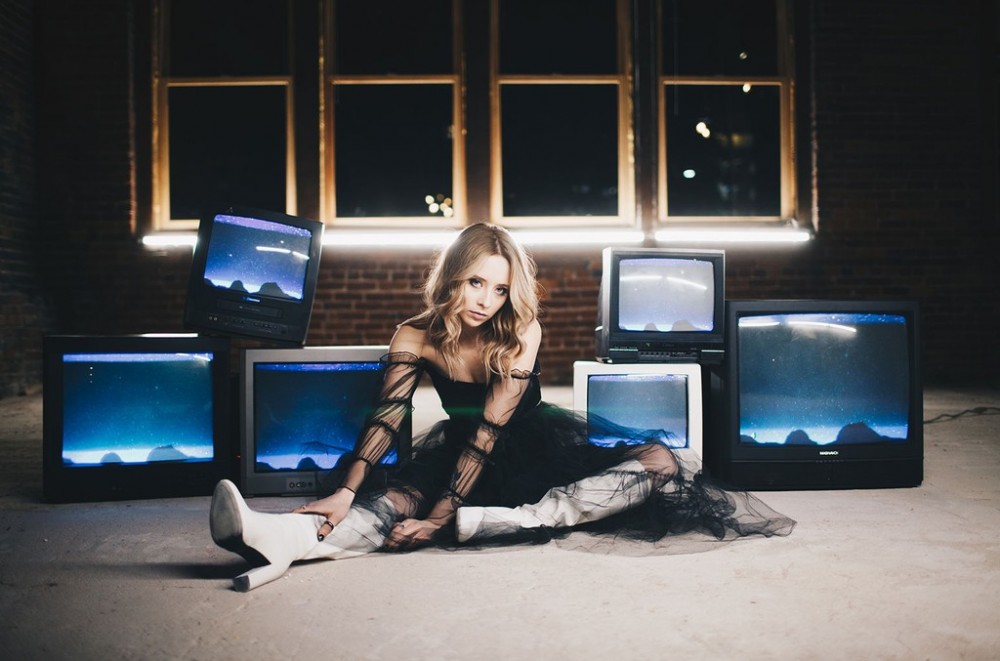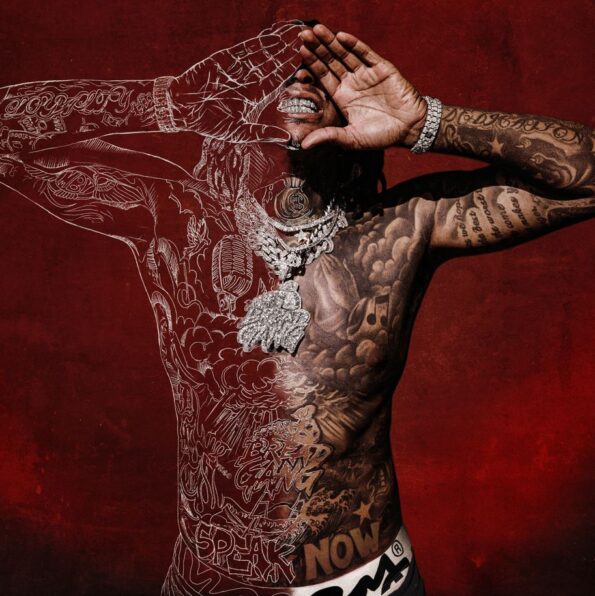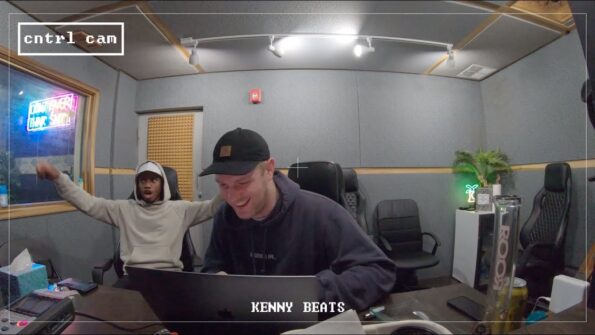NASHVILLE — When the COVID-19 coronavirus forced the shutdown of the concert industry, independent Nashville artist Stevie Woodward got a double whammy.
Not only did she lose the steady, six-nights-a-week bookings in the Music City club scene that kept her afloat, she also faced the stark reality that one of her roommates, a nurse at Vanderbilt Medical Center, might well bring the bug home from work.
Woodward decided to make lemonade out of lemons and drove to Myrtle Beach, S.C., for an unexpected two-week vacation at her parents’ house.
“When am I ever going to get this time again?” she asks rhetorically. “If anything is good out of this situation, it’s that. It’s nice to just kind of be with family right now, especially at this chaotic time. You don’t know what’s around the corner.”
That uncertainty exists for every American as an invisible enemy expands its territory. It’s particularly acute in the music business, where freelancers are a large percentage of the work force. For arena headliners, even those who write their own songs, the cancellations are a problem. But for indie acts whose business model is almost exclusively built upon concert income, the unpredictability of the virus-related shutdown is brutal.
Nearly every artist has had their live shows postponed or canceled through the end of April, and some have lost as much as six months’ worth of concert bookings.
“I can deal] with the March and April shows being pushed back or rescheduled,” says John King. “But when you get into, like, May — and is it going to go further into June and July? I mean, I would say 80% of our income comes from May to September. That’s kind of the sweet spot for touring.”
But that doesn’t mean that artists are sitting in the house twiddling their thumbs and watching their checkbook balances dwindle. Instead, they’re using the time to improve their craft, bone up on their marketing and social media skills, write songs and/or spend time with family that they cannot see when they’re on the road.
And in the most public retooling of their schedules, many are releasing new music and performing online. King launched a Friday-night Facebook Live series, Tunes From the Tub, on March 23, streaming from the best-lit room in his Columbia, Tenn., home. Kalie Shorr used the platform mykey.com for a cheekily titled March 22 livestream, The Social Distancing Tour Part 1.
“You never know how much money you’ll make,” she says, “but, like, $500 here and there, that can go a really long way when you’re struggling to adapt to this new landscape that we don’t know how long is going to last.”
Within days of the concert shutdown, the earliest adapters scheduled a wave of livestream performances and released music. Emily Hackett issued “My Version of a Love Song” on March 23, taking advantage of all those consumers who are self-isolating and looking for entertainment to keep their spirits up.
“They’re still listening to music right now because they have nothing else to do,” she reasons. “So it’s at least comforting in that way to know, ‘OK, I can keep putting out new music.'”
Artists can keep creating new sounds, too. Woodward is talking about recording material in her downtime, King is pulling out unfinished songs for completion, and Hackett has fielded requests for cowriting sessions Skype and FaceTime. She’s also intent on writing songs on her own, the way that many country songwriters did back in the day.
“Songwriters can do their jobs from anywhere,” says Hackett. “They can do this by themselves. If they don’t know how to write by themselves or they run into the challenge of writing yourself into a corner, then use that opportunity to send it off to somebody and say, ‘Can we cowrite in a new way?'”
This should be a good time to find unique sources of inspiration. As people connect from their isolated home with associates in separate isolated homes, they are likely to mine emotions and situations they have not previously experienced in quite the same way.
“We have things to write about,” says Woodward. “We can use this time to our advantage, and I think it’s really going to be a time for people, especially creatives, to reflect and sit back and be introspective and kind of learn about their creative process. If there’s a blessing in disguise in this, maybe it’s that.”
Finding the silver lining is going to be key as the days turn into weeks or, in a worst-case scenario, months before the virus’ spread is reduced. Indie artists by nature move toward hope, and the inventiveness required of them as freelancers gives them a set of skills that other professionals may not have had to develop.
“It’s such an irregular industry already,” observes King. “We’re kind of conditioned for something like this. I can’t tell you the amount of living room floors I’ve slept on or in a van — you know, just things to get by, scraping pennies together after a show that paid $50 in Athens, Ga. We’re kind of conditioned to live in these really tight, scary situations. If there’s ever an industry that something crazy like this doesn’t scare, I think it’s us because we’re so used to just being crazy all the time.”
That’s easy to say at the outset. But if the concert shutdown continues for an extended time, many of the recent postponements could become outright cancellations. Additionally, some smaller clubs and venues may go under as the result of a prolonged recession, reducing the chance to make up shows even further. But for now, indie artists have ways to stay busy, or even inspired.
“It’s so rare that everyone on the planet is feeling a similar emotion, so it’s kind of unifying in a way,” says Shorr of the COVID-19 pandemic. “But I don’t want to go too far into the positive because it’s really kind of heavy.”
This article first appeared in the weekly Billboard Country Update newsletter. Click here to subscribe for free.




